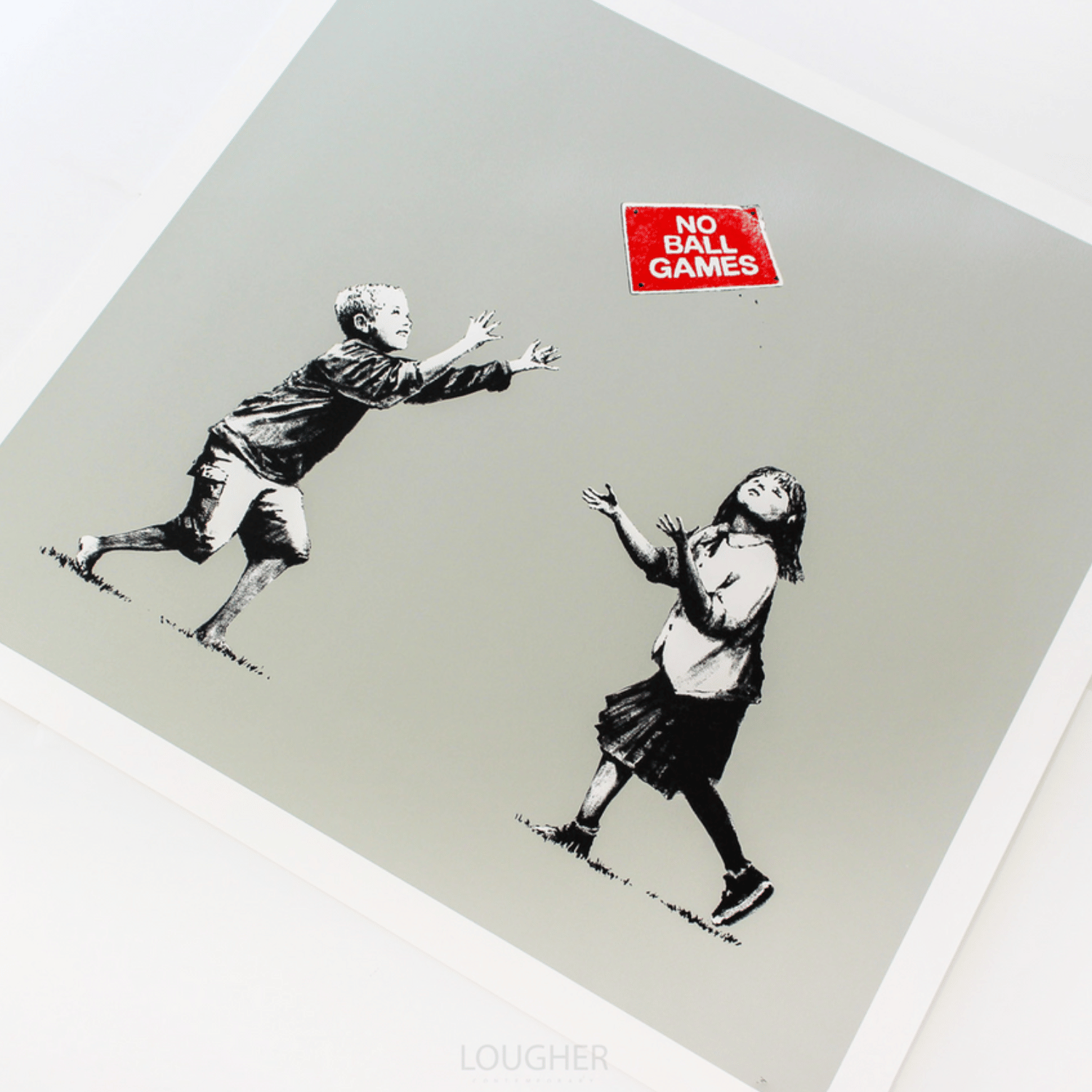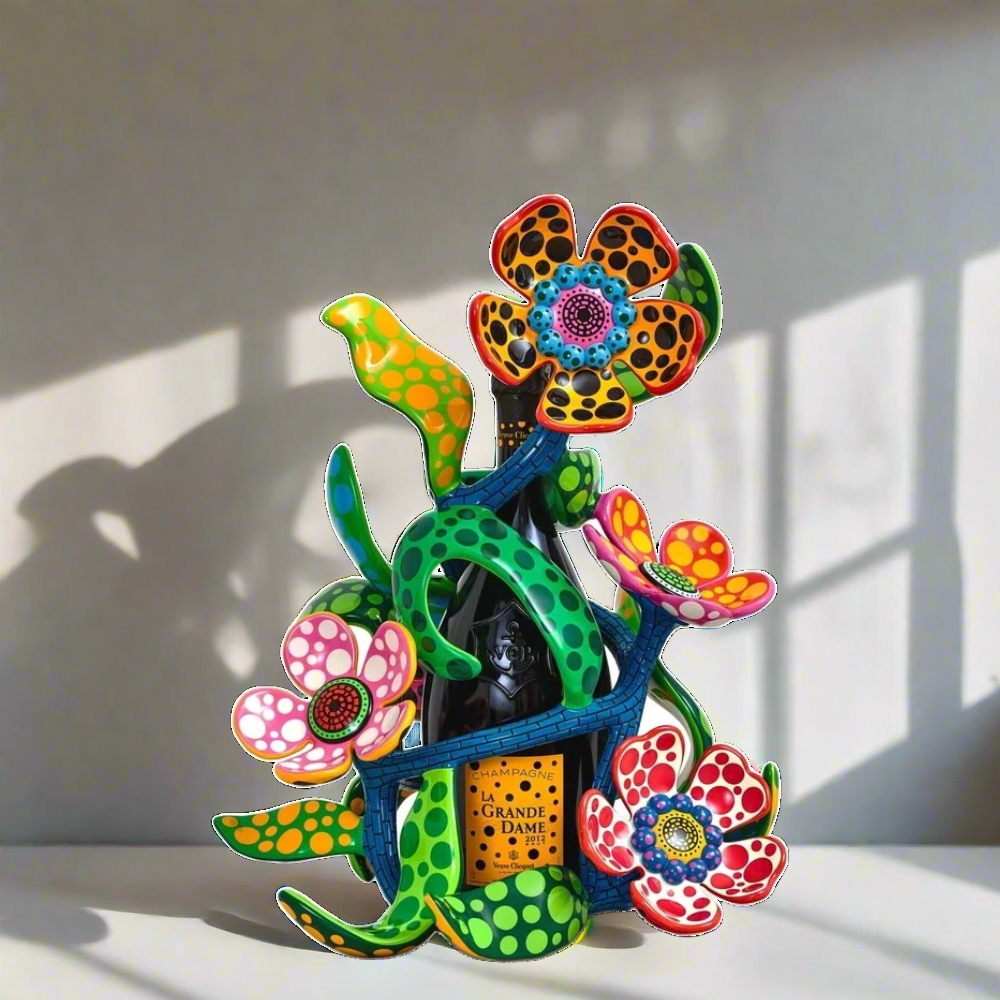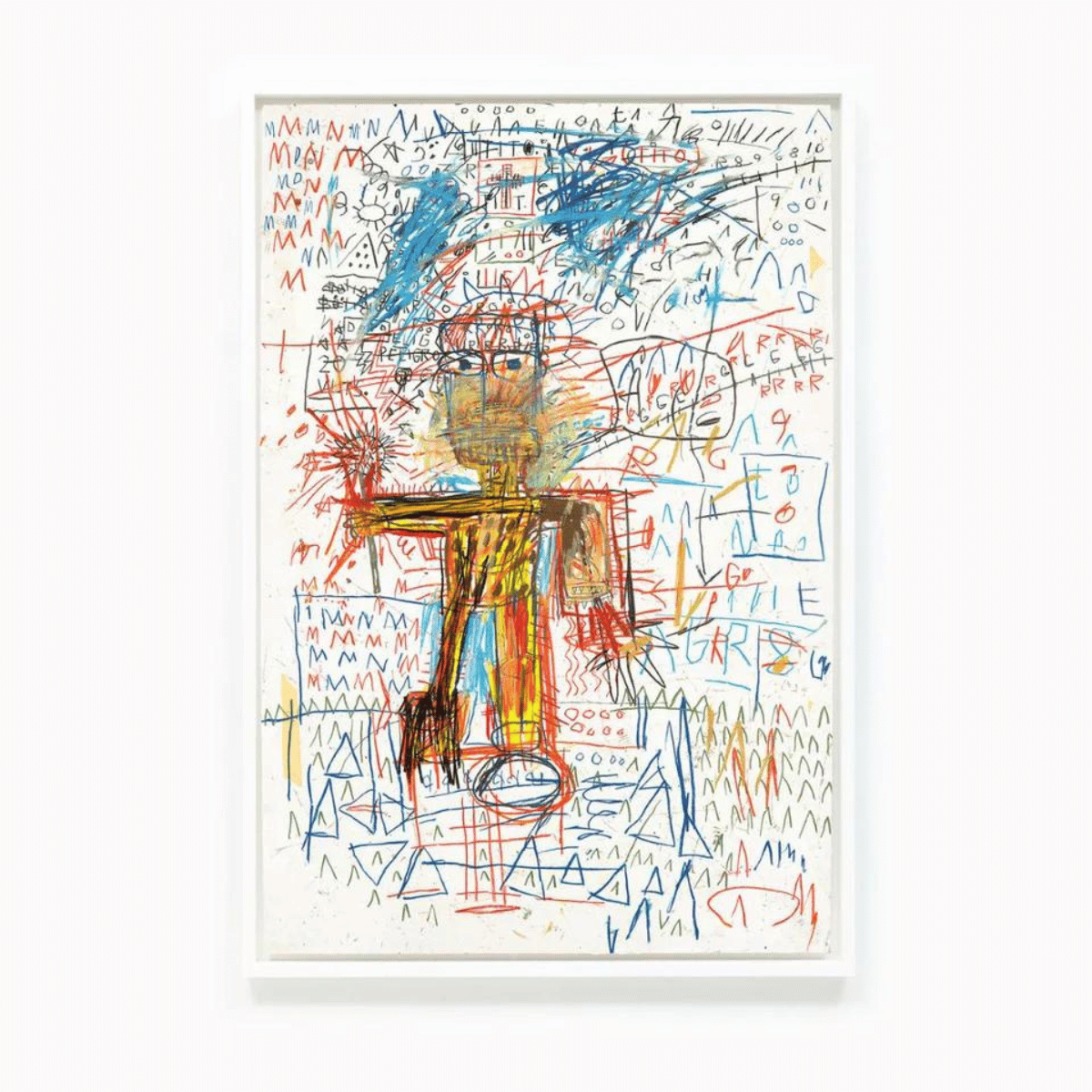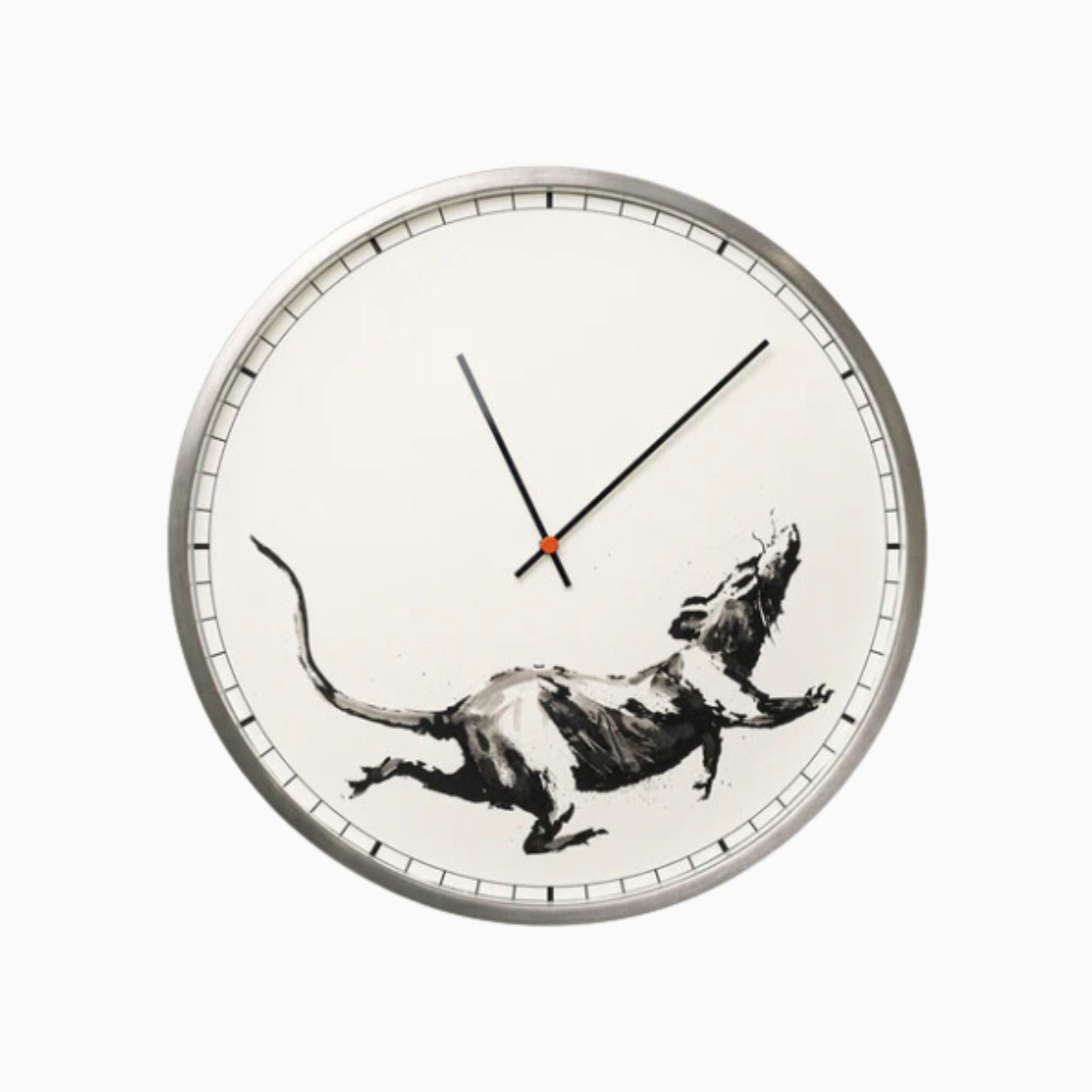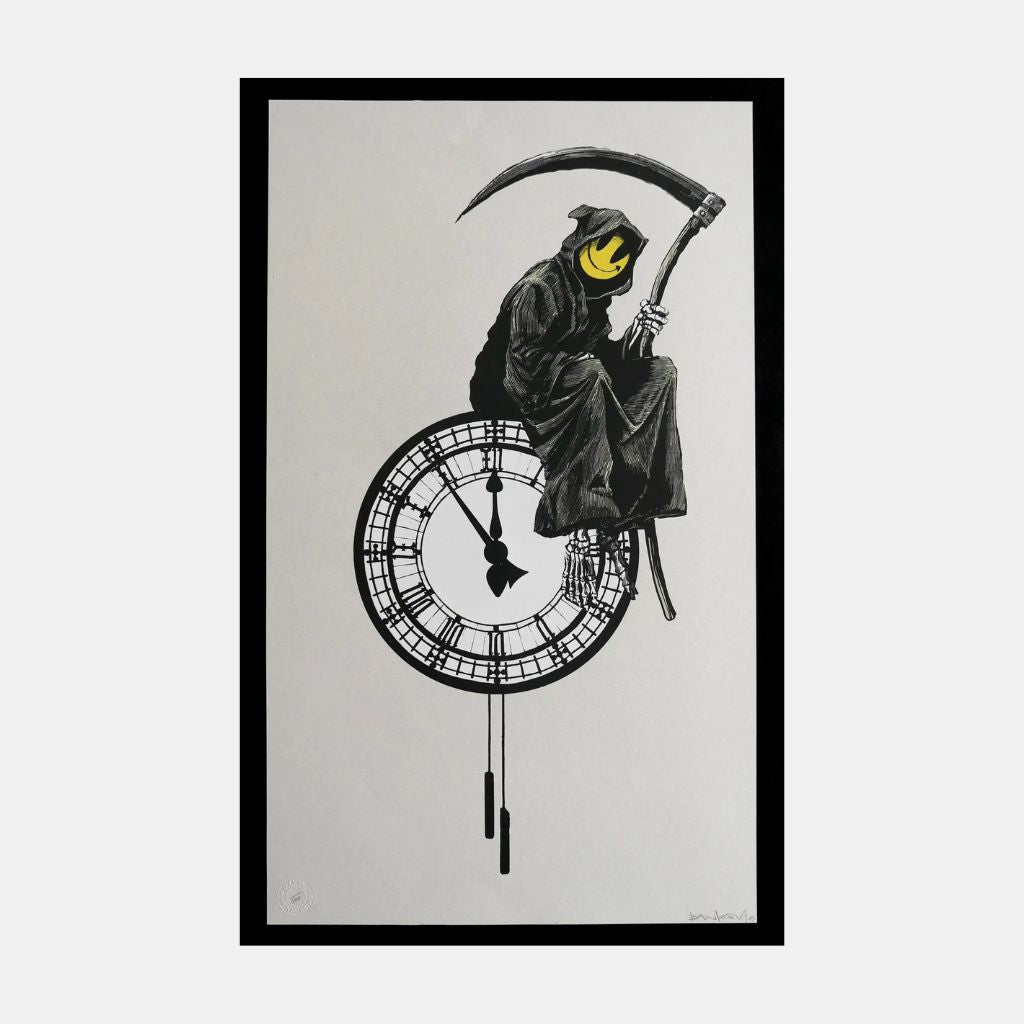Banksy, the elusive and enigmatic street artist, has become a global phenomenon, leaving an indelible mark on the art world with his politically charged and thought-provoking works. Little is known about Banksy's true identity, adding an air of mystery to his persona. Believed to hail from Bristol, England, Banksy rose to prominence in the early 2000s through his distinct stencil-based street art. His pieces often convey powerful social and political messages, challenging societal norms and institutions.
Who is Banksy?
Banksy's early artworks, emerging on the streets of Bristol in the 1990s, marked the inception of a revolutionary artistic voice that would redefine street art. His earliest pieces exhibited a distinctive blend of satirical humour and social commentary, often conveyed through stencilled images and striking visual juxtapositions. From the outset, Banksy's art demonstrated a unique ability to transcend the limitations of conventional gallery spaces, making a profound impact on the world of street art and paving the way for a global movement that marries activism with artistic expression.
The artist's anonymity has fuelled intrigue, as he navigates the art scene while maintaining a clandestine profile. Banksy's art is a visual commentary on issues ranging from war and consumerism to immigration and inequality. Despite his global acclaim, he remains committed to anonymity, allowing his art to speak louder than his identity. Whether through the iconic image of the girl with the balloon or the politically charged murals that dot city landscapes, his impact transcends traditional art boundaries, making him a captivating and influential force in the contemporary art scene.
Banksy and Street Art
Banksy's work has graced the walls of cities worldwide, appearing suddenly and sparking conversations on the streets. The street artist has left an indelible mark on urban landscapes, transforming mundane walls into canvases that carry poignant social and political commentary.
One of Banksy's most iconic works is "Girl with a Balloon," which has been reproduced in various cities globally. The image of a young girl reaching out toward a red, heart-shaped balloon has become emblematic of hope and love. The notorious "Rage, Flower Thrower" in London depicts a rioter poised to throw a bunch of flowers instead of a Molotov cocktail, challenging perceptions of protest and dissent. This mural beautifully encapsulates the ability to merge humour with potent social messages. In New York, the artist left his mark with the poignant "The Grim Reaper," an artwork painted on the side of a building in Manhattan. The piece features the Grim Reaper steering a bumper car, symbolising the randomness of life's encounters. Banksy's murals not only grace the streets but also command attention in prestigious art institutions. "Love is in the Air," depicting a protester hurling a bunch of flowers, made its way to the Museum of Modern Art's collection in New York, underscoring his transition from street artist to established cultural icon.
From the satirical to the profound, Banksy's murals transcend traditional boundaries, challenging viewers to question societal norms and contemplate the human condition. As his works continue to appear unexpectedly on city walls worldwide, the artist remains a mysterious and influential figure, using the urban landscape as his canvas to provoke thought and inspire change.
The Influence of Banksy
Banksy's influence on street art is immeasurable, reshaping the landscape of urban creativity, challenging traditional perceptions of art and paving the way for a new generation of street artists. His stencilled works, often conveying poignant social and political messages, have elevated street art to a respected and influential form of expression.
In the broader art world, Banksy's impact extends beyond the streets. His provocative installations and thought-provoking exhibitions, often staged with an element of surprise, challenge the conventions of traditional gallery spaces. Banksy's refusal to conform to established norms has redefined contemporary art, sparking conversations about accessibility, commercialisation, and the intersection of activism with artistic expression. Social media has played a significant role in amplifying his influence. The artist's works, disseminated through platforms like Instagram and Twitter, reach a vast audience, transcending geographical boundaries. His art has become inherently shareable, fostering a global community that engages with his pieces and amplifies their cultural impact. Banksy's influence on popular culture is evident in various forms. His works have inspired fashion, music, and even film, contributing to a broader cultural conversation. The anonymity surrounding him adds an air of mystery, fuelling public fascination and ensuring that each new piece becomes a cultural event.
Collecting Banksy Works
Banksy's impact on the art market is as unconventional as the artist himself. While best known for his street art, the elusive nature of his identity has given rise to a market for his prints. Collecting Banksy prints has become a sought-after endeavour, with enthusiasts and investors alike drawn to the subversive and thought-provoking nature of his work.
Pest Control, Banksy's official authentication body, plays a pivotal role in the market. Given his secretive persona, ensuring the authenticity of his pieces is crucial. Pest Control was established to authenticate Banksy's artworks, providing certificates of authenticity that enhance the credibility and value of his prints. The scarcity of Banksy's original works contributes to the allure of collecting his prints. Limited editions, often released in small quantities, create a sense of exclusivity. The market for Banksy prints has seen notable auction results, with prices reflecting both the artistic and cultural significance of his pieces. Despite the commercialisation of his art, the artist's disdain for the traditional art market is evident. His "Girl with a Balloon" self-destructing during a Sotheby's auction in 2018 became a symbol of his resistance to commodification.
Collecting Banksy prints is not just an aesthetic investment but a cultural statement. The prints serve as accessible pieces of the elusive artist's vision, allowing a wider audience to engage with his unique blend of activism, humour, and social commentary. As the artist continues to challenge norms, the market for his prints reflects an ongoing dialogue between the mainstream art world and the artist's irreverent approach to commerce.
In summary, Banksy's influence on street art, the broader art world, social media, and popular culture is profound. His ability to challenge norms, provoke thought, and maintain a balance between activism and artistic expression has elevated his status from a street artist to a cultural icon, leaving a significant mark on the creative landscape and inspiring a new wave of artistic rebellion and social commentary.






